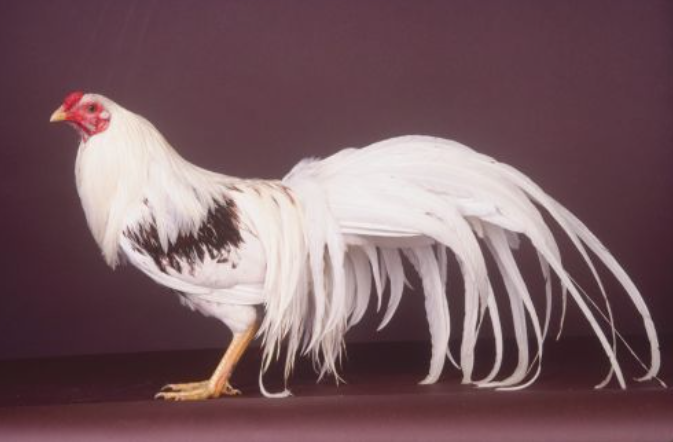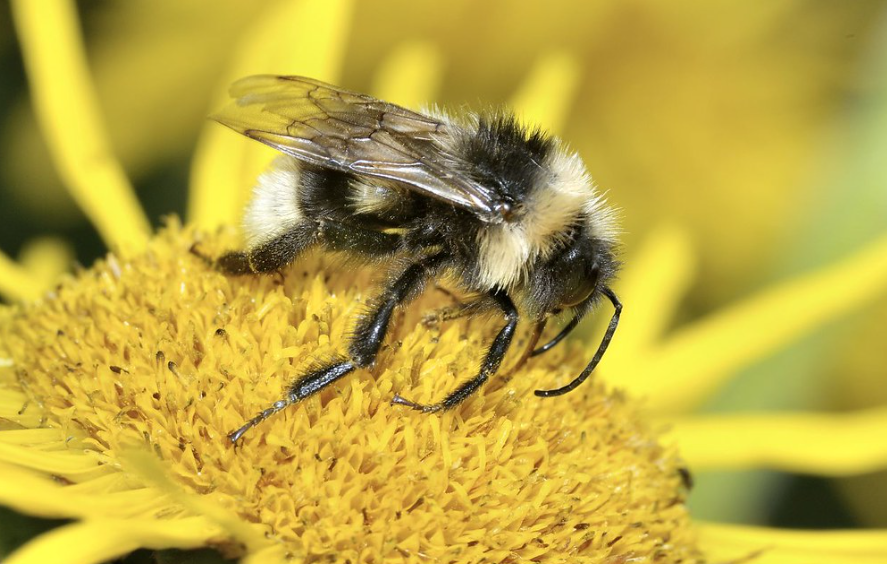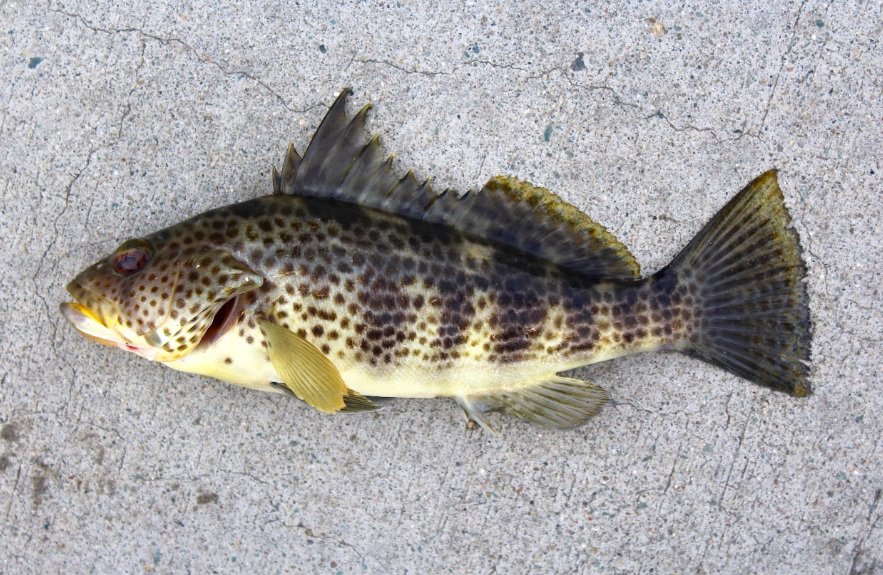
Quick Top 10 Facts about Spotted Bass
| SCIENTIFIC NAME | Micropterus punctulatus |
| CLASSIFICATION | KINGDOM: Animalia PHYLUM: Chordata CLASS: Actinopterygii ORDER: Perciformes FAMILY: Centrarchidae GENUS: Micropterus SPECIES: M. punctulatus |
| SIZE | Length: 12–17 inches (30–43 cm); Weight: 1–4 pounds (0.45–1.8 kg) |
| HABITAT | Freshwater rivers, reservoirs, and streams with rocky or sandy bottoms, primarily in the central and southeastern United States |
| DIET | Carnivorous; feeds on insects, crayfish, small fish, and aquatic invertebrates |
| SPECIES | Spotted Bass, a popular game fish known for its fighting spirit and resemblance to Largemouth Bass |
| COUNTRY | Native to the United States, especially in the Mississippi River basin and southeastern states |
| GESTATION PERIOD | Egg-laying species; males guard nests and fertilize eggs externally; eggs hatch in 5–10 days depending on temperature |
| LIFE SPAN | 6–7 years on average in the wild |
| CONSERVATION STATUS | Least Concern; populations are stable and well-distributed, commonly targeted by anglers |
Amazing Facts About Spotted Bass
1. Spotted Bass are expert hunters
They have quick reflexes and a strong jaw, making them effective predators of smaller fish and aquatic insects.
2. They’re often confused with Largemouth Bass
Spotted Bass can be mistaken for Largemouth Bass, but they are smaller and have a distinct patch of small teeth on their tongue.
3. Males guard the nest
After the female lays eggs, the male Spotted Bass will remain and guard the nest until the fry are ready to swim off.
4. They thrive in current
Unlike Largemouth Bass, Spotted Bass are more tolerant of moving water and are often found in rivers and flowing reservoirs.
5. They are a favorite among anglers
Known for their strong fight and aggressive strikes, Spotted Bass are a prized catch in sport fishing.
6. They can hybridize
Spotted Bass are known to hybridize with other bass species, such as Smallmouth or Largemouth Bass, in overlapping habitats.
7. Coloration can vary
Their appearance can change depending on habitat, but they generally have dark blotches along the lateral line and a greenish-gray body.
8. They are schooling fish
Spotted Bass are more likely than other bass species to travel in groups, especially when foraging for food.
9. They have an excellent sense of vibration
Their lateral line allows them to detect vibrations in the water, helping them locate prey even in murky conditions.
10. They are important ecologically and recreationally
Spotted Bass play a key role in controlling populations of smaller fish and insects, and they are a popular species for both conservation and sport fishing efforts.
Intriguing facts about Spotted Bass
Micropterus punctulatus, the scientific name for the spotted bass, is a species of freshwater fish that is indigenous to North America. Rivers, lakes, and reservoirs are frequently found in the southeast of the country. With black spots running down their flanks and a rough area on their tongue, spotted bass are easily recognized by their unique look.
Dietary Habits of Spotted Bass
These fish are carnivores that primarily eat insects, crabs, and smaller fish. They have a reputation for being opportunistic feeders, which means they will consume whatever prey is most accessible. Anglers love spotted bass as a game fish because of their aggressive nature during feeding expeditions.
Key Differences between Spotted Bass and Largemouth Bass
Because of their similar appearances, spotted bass and largemouth bass, their near cousins, are sometimes misunderstood. The two species do vary significantly, however, mostly in the size of their mouths and how their dorsal fins are arranged. Anglers who want to target spotted bass in particular need to be aware of these differences.
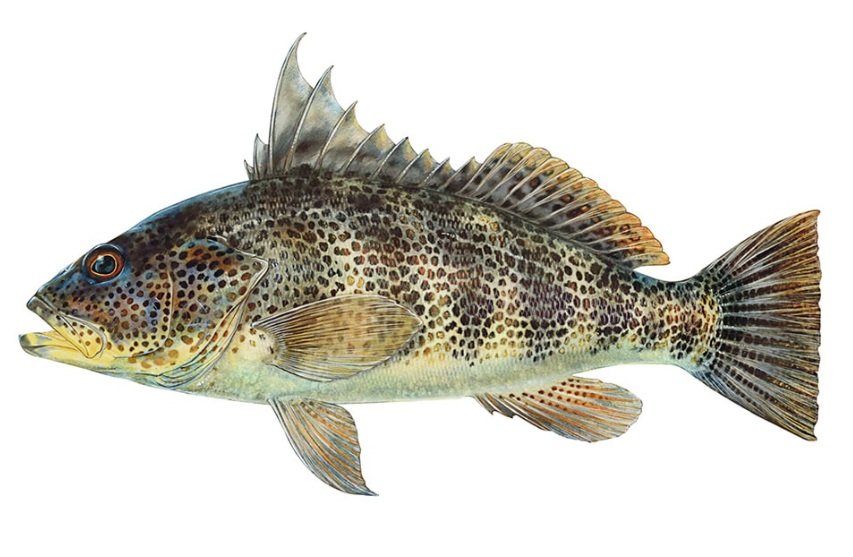
Fascinating facts about Spotted Bass
Micropterus punctulatus, the scientific name for spotted bass, is a popular game fish that may be found in many freshwater bodies in the United States. Although spotted bass are not as well-known as their cousins, largemouth bass, they nonetheless provide fishermen with an intriguing challenge and may make for an exhilarating fishing experience. We’ll look at some fascinating information on spotted bass in this post, including information on their habitat, habits, and traits.
Habitat Preferences of Spotted Bass Fish
Spotted bass, native to the southeast of the country, are primarily found in rivers and reservoirs. They frequently live in areas with submerged rocks, fallen trees, and flora, and they prefer clear, stony, and chilly waters. These fish can adapt to a wide variety of settings because it is known that they thrive in both natural and artificial conditions.
Physical Attributes and Characteristics
Although they share certain physical characteristics with largemouth bass, spotted bass may be distinguished by a few traits. Their body is elongated and elegant, with a darker shade of olive green on the back that fades to a lighter shade on the sides and belly. Spotted bass are named after the dark dots that decorate their flanks. These areas are located on the back of their bodies and are more noticeable.
Feeding Patterns and Behavior
Opportunistic predators, such as spotted bass, have a varied diet. Smaller fish like sunfish, shad, and minnows are their main food source. They have also been seen to eat insects, tiny amphibians, and crabs. Spotted bass are ambush predators who frequently lurk close to underwater plants and structures in order to startle their victims. They are renowned for their forceful attacks and can accept a wide range of artificial and live baits.
Reproductive Behavior and Life Cycle
When the water temperature hits 60 to 65 degrees Fahrenheit in the spring, spotted bass spawn. Like other species of bass, they build their nests in shallow water, usually next to rocky or gravelly spots. The male spotted bass is tasked with watching over the nest and securing the eggs until they hatch. After the eggs hatch, the male stays to guard the fry until they can eat and swim on their own.
Fishing Tips and Techniques
Here are some pointers to increase your chances of success if you want to target spotted bass:
- Pay attention to rocks and underwater structures where spotted bass are likely hiding.
- Make use of a range of lures that imitate their natural prey, including jigs, crankbaits, and soft plastics.
- Try a variety of retrieval speeds and methods to see what works best on a particular day.
- Take note of the water’s temperature and modify your fishing plan as necessary.
- If you want to catch spotted bass, try fishing in the early morning or late evening when there is less light.
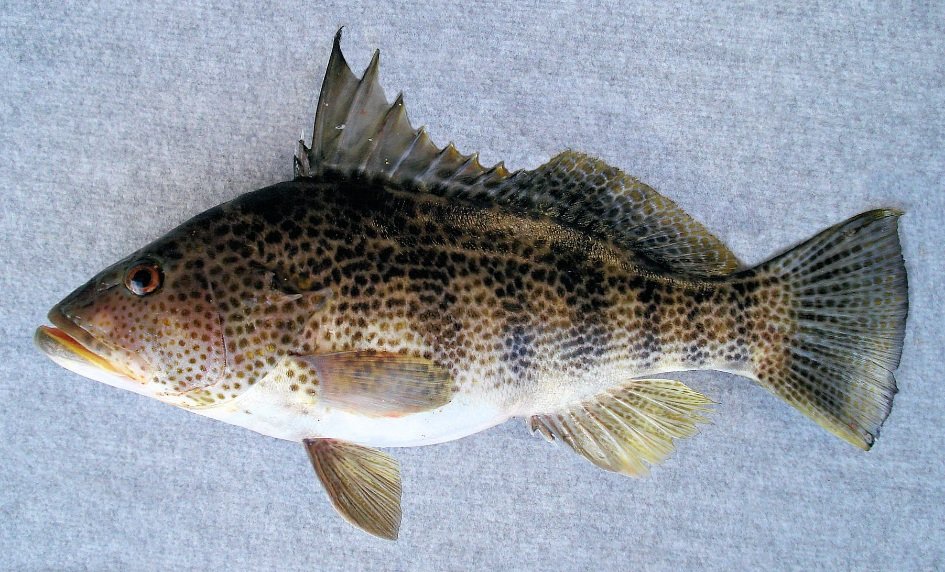 Anglers have an intriguing task while fishing for spotted bass, a unique variety of fish. In numerous freshwater basins throughout the United States, they have become highly sought-after game fish due to their versatility, aggressive temperament, and remarkable fighting skills. Spotting bass may provide for a satisfying fishing experience, regardless of your level of skill. So gather your equipment, find a good spot to fish, and savor the excitement of landing one of these elusive, playful fish.
Anglers have an intriguing task while fishing for spotted bass, a unique variety of fish. In numerous freshwater basins throughout the United States, they have become highly sought-after game fish due to their versatility, aggressive temperament, and remarkable fighting skills. Spotting bass may provide for a satisfying fishing experience, regardless of your level of skill. So gather your equipment, find a good spot to fish, and savor the excitement of landing one of these elusive, playful fish.
FAQ (Frequently Asked Questions) about Spotted Bass
Q: What is a Spotted Bass?
Ans: The Spotted Bass (Micropterus punctulatus) is a freshwater game fish native to the United States. It belongs to the sunfish family, Centrarchidae, and is closely related to the Largemouth and Smallmouth Bass. Spotted Bass are known for their fighting spirit and are popular among sport anglers.
Q: Where does the Spotted Bass live?
Ans: Spotted Bass are primarily found in the central and southeastern United States. Their natural habitats include rivers, streams, reservoirs, and lakes with rocky or sandy bottoms. They prefer clear, warm waters with moderate currents and are often found near submerged logs or structures.
Q: What does the Spotted Bass eat?
Ans: Spotted Bass are carnivorous and feed on a variety of aquatic organisms. Their diet includes insects, crayfish, smaller fish, and other small aquatic animals. They are opportunistic feeders and will eat whatever prey is abundant in their environment.
Q: How big does a Spotted Bass get?
Ans: Spotted Bass typically grow to lengths of 12 to 17 inches (30 to 43 cm) and weigh between 1 to 4 pounds (0.5 to 1.8 kg). However, under optimal conditions, they can exceed 20 inches and weigh more than 5 pounds. The world record for a Spotted Bass is over 11 pounds.
Q: How can you identify a Spotted Bass?
Ans: Spotted Bass have a greenish body with dark, horizontal blotches along the lateral line. Unlike Largemouth Bass, their upper jaw does not extend past the eye. They also have a rough patch on their tongue and may exhibit faint vertical bars on their sides. Their dorsal fin is nearly continuous with a slight notch.
Q: Are Spotted Bass good to eat?
Ans: Yes, Spotted Bass are considered good to eat. They have firm, white flesh with a mild flavor. However, many anglers practice catch-and-release to conserve their populations, especially in areas where they are a key part of the ecosystem or popular among sport fishermen.
Q: How do Spotted Bass reproduce?
Ans: Spotted Bass typically spawn in the spring when water temperatures reach about 60°F (15.5°C). Males build nests in shallow water by clearing debris from the bottom. After the female lays eggs in the nest, the male guards them until they hatch, usually within 5 to 10 days.
Q: Are Spotted Bass aggressive?
Ans: Yes, Spotted Bass are known for their aggressive feeding behavior and fighting ability when hooked, which makes them popular among anglers. While not aggressive toward humans, they can be territorial, especially during the spawning season.
Q: What’s the difference between Spotted Bass and Largemouth Bass?
Ans: The main differences are in their appearance and behavior. Spotted Bass have a smaller mouth (jaw doesn’t extend past the eye), a rough patch on the tongue, and are generally more streamlined. They also prefer more current and deeper water than Largemouth Bass.
Q: Are Spotted Bass endangered?
Ans: No, Spotted Bass are not currently endangered. They have healthy populations in many areas, although their habitats can be affected by water pollution, habitat loss, and overfishing. Management efforts help maintain their numbers in recreational fishing areas.
#SpottedBass, #FreshwaterFishing, #GameFish, #MicropterusPunctulatus, #BassFishing, #Angling, #FishFacts, #WildlifeConservation, #SportFishing, #FishingTips
Our sources and references about Spotted Bass
1: Wikipedia – Spotted Bass
2: American Fishes – Spotted Bass
3: Texas Parks & Wildlife – Spotted Bass
4: Outdoor Alabama – Spotted Bass
